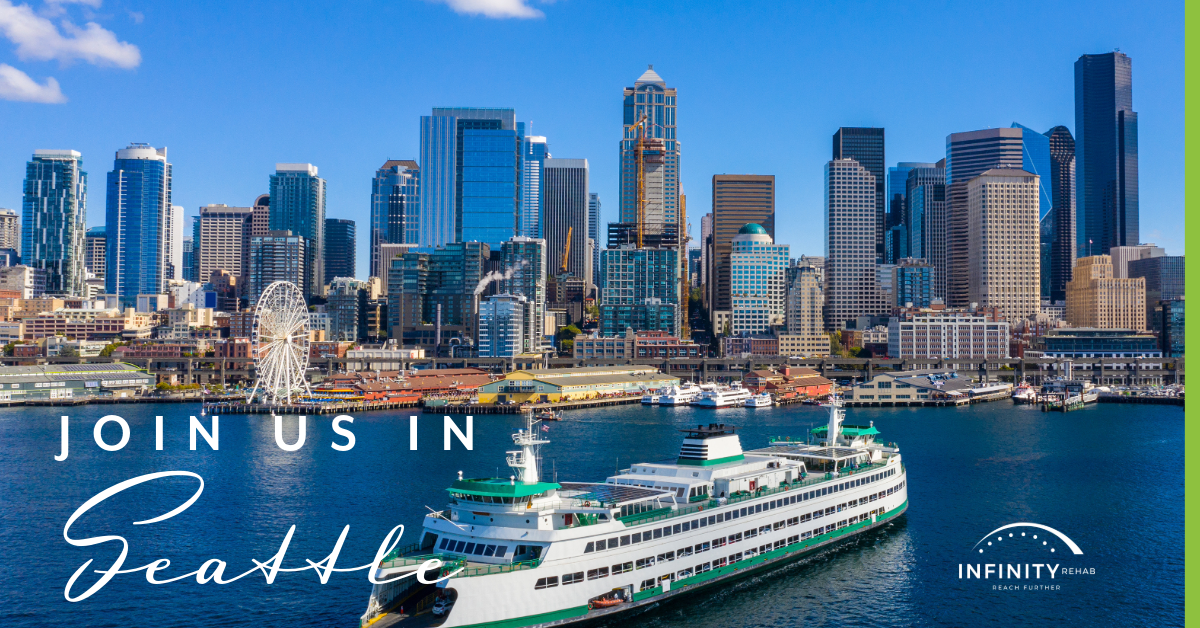I was traveling home from work last Friday going over in my mind some of the events of the past week as well as thinking about the week ahead. It was a typical spring day here in Portland, OR – partly sunny, mild temperature, yet with the ever threat of a sudden shower. About half way home, the skies darkened and unleashed a massive rain and hailstorm. Not really a big deal, except that I had chosen to commute by bike that day. In addition, because it was mostly sunny and warm when I left the office, I had also chosen to pack my rain gear and gloves deep in my backpack.
As I was cycling up that hill in the pouring rain and hail, hands numb from the sudden drop in temperature and hail pounding my head through the slits of my bike helmet, I actually started laughing. I have many reasons for choosing to ride my bike, but mostly because it is fun. On this cold, wet Friday afternoon, I felt like a little kid again, playing in the rain and could feel all the stress that had accumulated from the week melting away. You too can experience this delight by rethinking your daily commute by swapping the car for your bike.
May is National Bike Month. This is a good opportunity to try active transportation if you typically use a car for commuting to and from work and running errands. Like many of you, my work schedule as well as personal life requires that I use a car for most of my travel. However, I try to commute by bike as often as possible – even during the wet NW winters. Consider this:
— 40% of all trips in the U.S. are shorter than 2 miles yet Americans use their cars for 87% of all trips between 1-2 miles
— 27% of trips are shorter than 1 mile yet 62% of these trips are done by car
— Half of all trips made in the U.S. could be done with a 20-minute bike ride
— A quarter of all trips could be done with a 20-minute walk
People choose active transportation for many reasons:
— Public Health Benefits
o Bicycling and walking levels fell 66% between 1960 and 2009, while obesity levels increased by 156%.
o Between 1966 and 2009, the number of children who bicycled or walked to school fell 75%, while the percentage of obese children rose 276%.
o In general, states with the highest levels of bicycling and walking have the lowest levels of obesity, hypertension, and diabetes and have the greatest percentage of adults who meet the recommended 30-plus minutes per day of physical activity
— Economic Benefits
o Bicycling and walking projects create 11-14 jobs per $1 million spent, compared to just 7 jobs created per $1 million spent on highway projects
o Cost benefit analyses show that up to $11.80 in benefits can be gained for every $1 invested in bicycling and walking
o Households that walk and cycle as their primary modes of travel save an average of $694 per month
o One mile of a four-lane highway costs about $50 million. That same amount can pay for an entire network of bicycle and pedestrian facilities for a mid-sized city
— Help the Environment
o 70,000 deaths every year in the U.S. are attributed to air pollution
So choose your cause and leave the car behind when you can. Here are just a few suggestions to get you started:
o Take a map and draw a one-mile radius around your home. Try walking or biking trips within this circle
o Go multi-modal – If you live a great distance from your destination consider combining public transportation with walking or biking. Or drive part way and then bike the remainder.
o Participate in any of the following:
o May 9 – National Bike to School Day – Accompany your child to school by bike
o May 13 – CycloFemme – The International Day of Women’s Bicycling
o May 14 – 18 – National Bike to Work Week
o May 18 – National Bike to Work Day
Enjoy the ride!
Tailwinds,
Mike





